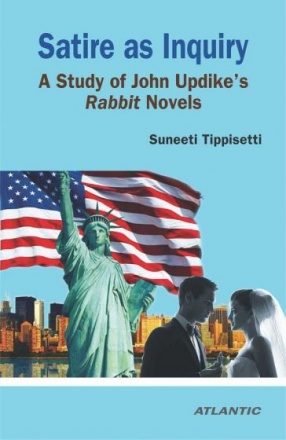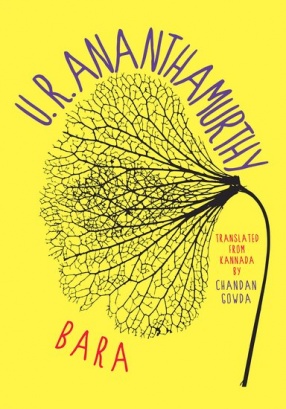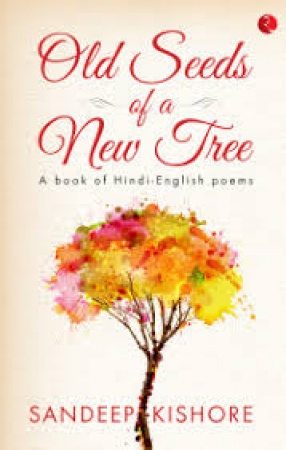John Updike is undoubtedly one of the few great writers of the twentieth century, whose reputation has exceeded even his own early hopes and expectations. He is considered to be the most renowned and prolific among the Post-Modern American novelists. His celebrity status resides in his achievements as a writer whose masterpieces continue to be passed on to new generation of readers throughout America and the world. His reputation rests largely on his novels, especially Rabbit tetralogy, The Centaur, The Coup and Of the Farm. Being a superb stylist, the texture of his writing is remarkable for metaphoric language and image patterns.
The 1990s and 2000s have proved a fertile period, with the result that Updike has been acclaimed as a leading literary chronicler of American marital and sexual mores and trends. His reputation in the new millennium is firmer than it has ever been. Part of the interest of his work derives from the fact that the mad, gin-drinking, morally and spiritually bankrupt men and women he wrote about, led their lives in a chaotic world of moral decadence and a pervasive mood of nostalgia.
Updike, in his Rabbit novels, satirically enquires into the conservative ethos of the Eisenhower era. He ridicules the archetypal American tendencies concerning marriage, love and religion. He de-mystifies them with a view to liberalizing and humanizing these aspects of life. He does so by satirizing the existing norms and creates an easy and open companionship in today’s dehumanized and materialistic American society. His purpose in writing these novels is to open up a channel for new ideas, and a new lifestyle concerning the old world values. In his fictional works, he explores tensions within relationships, fear of death and conflict between generations.
The book will be useful for the students and teachers of American Literature, Post-Modern Literature and researchers in these fields.
Contents: 1. Introduction. 2. Satirical implications of theological and political issues. 3. Post-modern satirical perspectives: rabbit, run and rabbit redux. 4. Themes of marriage, love and sex: rabbit in rich and rabbit at rest. Conclusion.





There are no reviews yet.